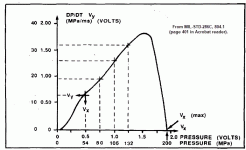Shooting Ruger American Ranch 7.62x39 at indoor range. Handloads of Berry's .311 diameter 123 Grain spire point plated bullets over 20.1, 20.4 and 20.6 grains of Accurate 1680. The max velocity of the Berry's bullets is listed at 2000 fps. Using Federal Large Rifle primers (not magnum). In the scope, I see a large flash when shooting any of these rounds, which I presume to be a large fireball at the muzzle. I have not noticed this with Hodgdon CFR BLK powder over 123 grain Hornady bullets. The RAR has a 16+ inch barrel.
Anybody else notice anything like this or can help say whether this is normal or not? Do you think Accurate 1680 powder is too slow for a 16 inch barrel?
Wondering.
P.S. There is no muzzle device on the rifle. Shooting as-is out of the box. Any brass cased factory S&B, Hornady or Fiocchi ammo do not exhibit the muzzle fireball.
Anybody else notice anything like this or can help say whether this is normal or not? Do you think Accurate 1680 powder is too slow for a 16 inch barrel?
Wondering.
P.S. There is no muzzle device on the rifle. Shooting as-is out of the box. Any brass cased factory S&B, Hornady or Fiocchi ammo do not exhibit the muzzle fireball.
Last edited:


